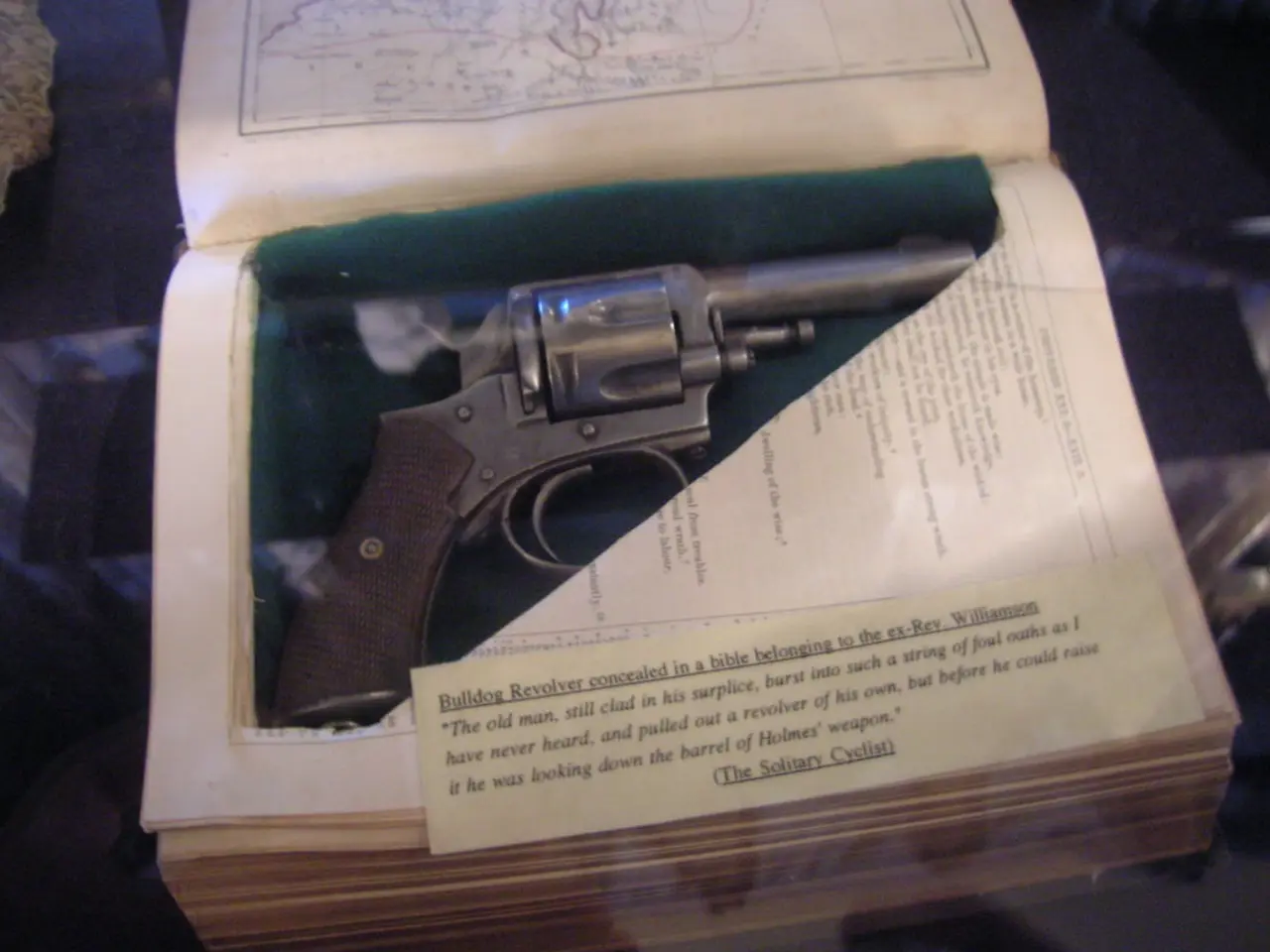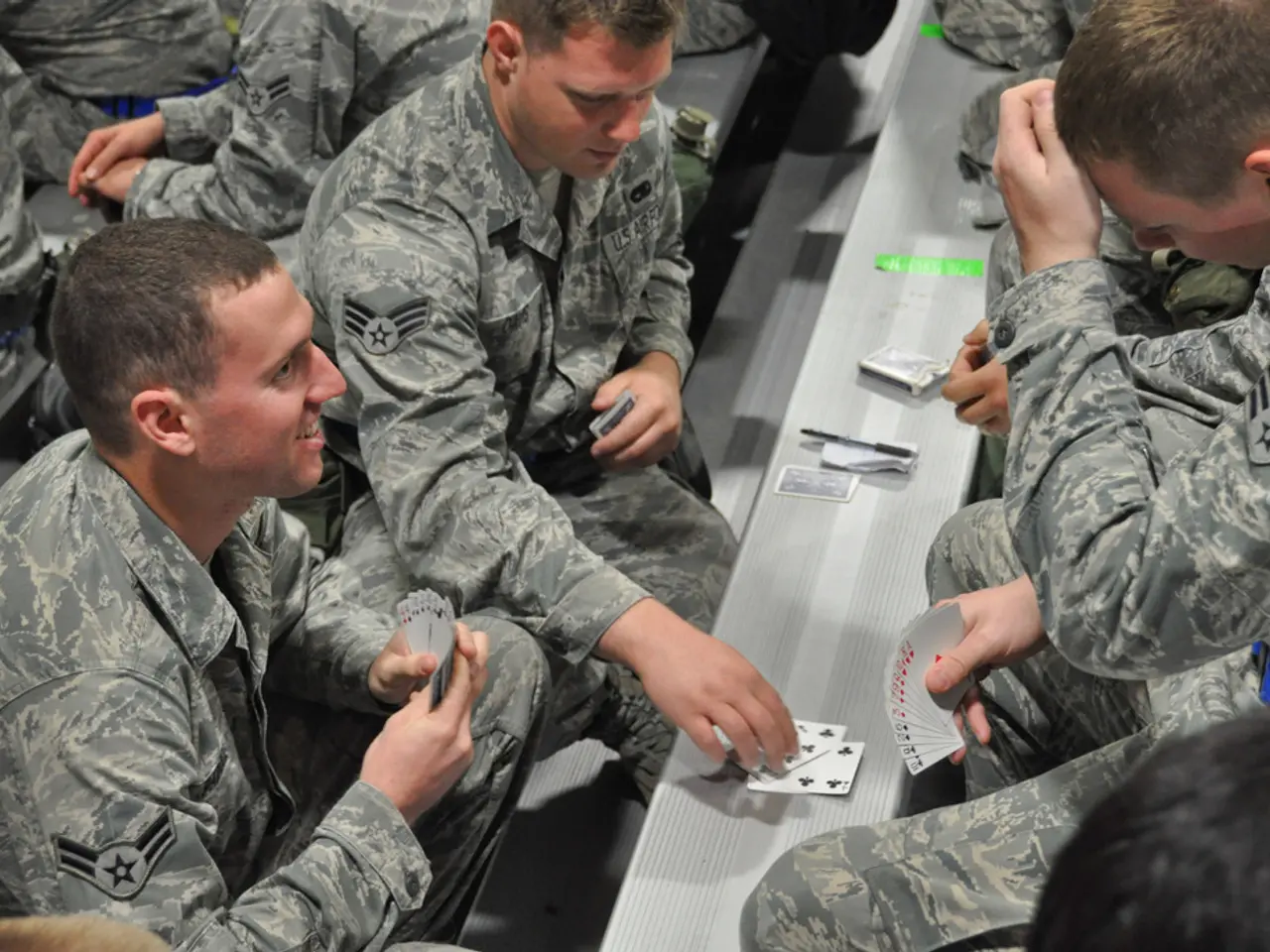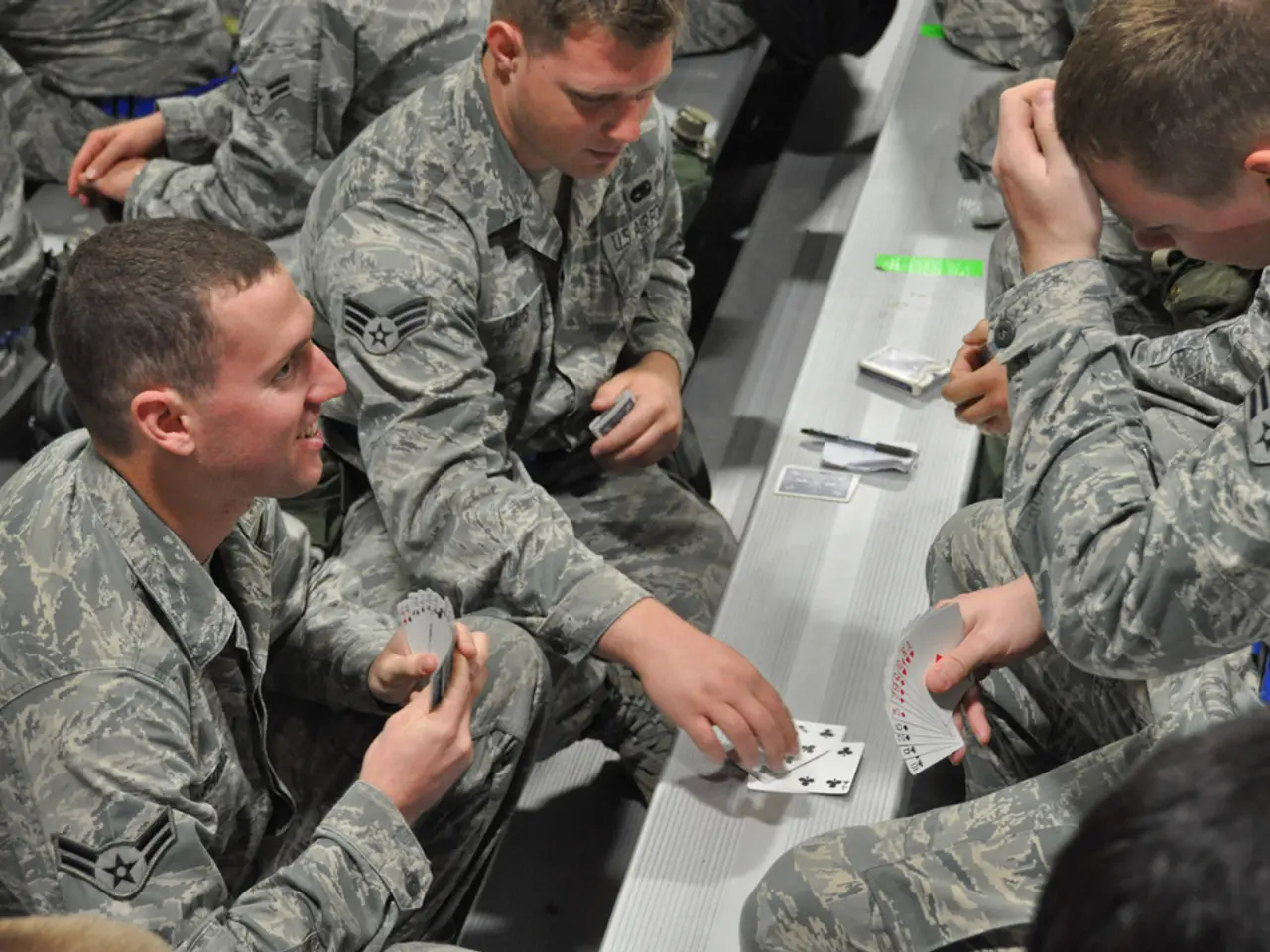Cross-country driving suspect, identified as the perpetrator, committed a shooting attack in New York City after traveling from Las Vegas.
Shane Devon Tamura, a 27-year-old former high school football player from the Los Angeles area, was the gunman responsible for the tragic workplace mass shooting in Midtown Manhattan. The attack took place at 345 Park Avenue, a skyscraper blocks from Rockefeller Center and St. Patrick's Cathedral.
Tamura, who grew up in Santa Clarita, California, had a documented history of mental health issues and self-identified as suffering from chronic traumatic encephalopathy (CTE), a degenerative brain disease linked to repeated head injuries, often seen in athletes engaged in contact sports like football. The attack resulted in the death of five people, including Tamura himself.
Tamura purchased the AR-15-style rifle used in the attack from his supervisor at a Las Vegas casino where he worked in surveillance. He also had a concealed firearms permit issued by Las Vegas police and a previous, now-expired work card from the Nevada Private Investigators Licensing Board.
In his suicide note, Tamura accused the National Football League (NFL), whose headquarters was in the building he attacked, of hiding the dangers of brain injuries related to contact sports. However, it's important to note that CTE can only be definitively diagnosed after an autopsy, and Tamura never played professional football but was a competitive high school football player, participating as a running back at Santa Clarita High School and Granada Hills Charter School.
Debi Hatfield, a resident in Santa Clarita, remembered the Tamura family as neighbors for a decade and recalled Shane as a typical kid who followed his older brother around. Shane Tamura's former teammate, Thomas, described him as well-adjusted, popular, agreeable, with a good sense of humor, and a strong work ethic. However, Tamura's life in Nevada after graduating from high school is less detailed, but records show he received traffic citations and was charged with criminal trespass, with the cause of the charge not immediately clear.
Shane Tamura's car was recorded passing through Colorado on Saturday before he arrived in New York City on Monday afternoon. The police did not find any manifesto or clear motive for the attack, but it is believed that Tamura was looking for the NFL office. However, he went to the wrong elevator bank, and his rampage ended before he ever made it there.
In the office of Rudin Management, a real estate firm, Tamura shot and killed a woman before fatally shooting himself in the chest. The attack in the heart of New York City, where workplace mass shootings are virtually unheard of, has left a deep sense of shock and sorrow among the community.
References:
- CBS News
- The New York Times
- ABC News
- NBC News
- The gunman in the Manhattan workplace mass shooting was a former high school football player from Los Angeles named Shane Devon Tamura.
- Tamura, who had mental health issues and self-identified as suffering from chronic traumatic encephalopathy (CTE), purchased the AR-15-style rifle used in the attack from his supervisor at a casino in Las Vegas.
- With a concealed firearms permit from Las Vegas police and a previous work card from the Nevada Private Investigators Licensing Board, Tamura had a history of contact with the criminal justice system in Nevada, including charges for criminal trespass.
- In his suicide note, Tamura accused the National Football League (NFL) of hiding the dangers of brain injuries related to contact sports, though he never played professional football.
- Following the attack, American football and general news regarding sports dominated the headlines, with the NFL being the primary target of Tamura's anger, along with war-and-conflicts and crime-and-justice stories.
- The tragic shooting in the heart of New York City has raised concerns about workplace safety and the prevalence of gun violence, with investors and tenants at Rudin Management, the office building affected by the attack, demanding increased security measures.




